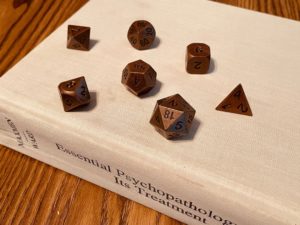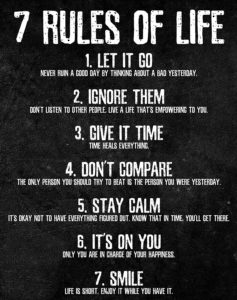
Lessons From My Kids’ Books Vol. 1: Percy Jackson
Lessons are EVERYWHERE, if we’re attuned to them. I just finished reading the five books in the Percy Jackson and the Olympians series by Rick Riordan. (I know this is super nerdy, but I’m always reading at least 3 books – a foundational psyc book, a book that might be useful to clients, and an easy-read book for the 2-3 minute breaks in life. Sometimes, I use that time to read the books my kids are reading, so we can engage around them. I like to have at least some of the same stories in our heads, Side note: This is a reason that reading the same books or watching the same movies as your partner can be really cool, even if they’re not what you would choose for yourself!)
So, I’m assuming this will end up having multiple volumes.
Ok, so these are books about teenagers who are demigods (in the Greek system) with lots of heroism and action, slight romance, and enough actually accurate mythology to make it totally worth reading. (I felt the need to write a tiny review there. I’m not completely aware of why.)
So, here’s the lesson. Main character is chatting with Athena, goddess of wisdom, who says, “The most dangerous flaws are those which are good in moderation.”
In this particular case, she’s speaking about the hero’s personal loyalty to friends. A virtue, of course! Unless it overtakes all other virtues.
This is a way I often talk to clients, but especially couples. The areas in which couples are different so often become points of contention rather than celebration, and one important part of couples work is helping them to recognize and appreciate their partners’ differences.
The flipside is that any strength can become a weakness when it gets taken to the extreme. Helping clients realize when they will benefit more from pulling back on an area of strength to keep it from becoming a weakness is just as important. We call it “falling off the cliff.”
Examples:
- assertiveness is great, until it alienates everyone
- quiet acceptance is great, until it leads to resentment
- putting your partner’s needs ahead of your own is great, until you lose your whole self or collapse from exhaustion
- prioritizing your own needs is great, until no one can count on you
- staying home is great, until you don’t have any friends left
- going out is great, until you have no beer money left
Haha! See where I’m going with this?
Comment below: Virtues in balance. How has that come up with your clients?



